Quiz: Basic Aircraft Aerodynamics
Flight Training Central
MAY 7, 2024
As much as it seems sometimes that airplanes fly by magic, it’s important for every pilot to understand at least the basic fundamentals of aerodynamics. The term 'angle of attack' is defined as the angle between the airplane's longitudinal axis and that of the air striking the airfoil. When at high airspeeds.


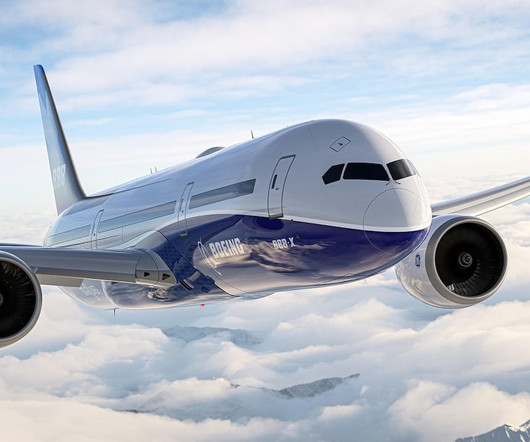
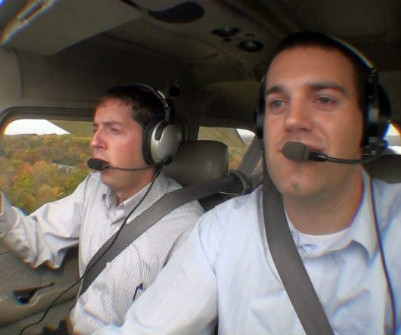
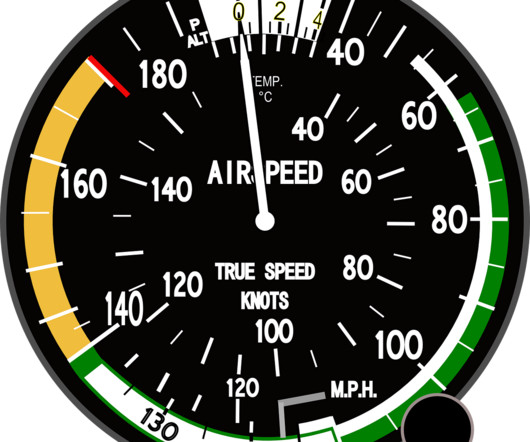


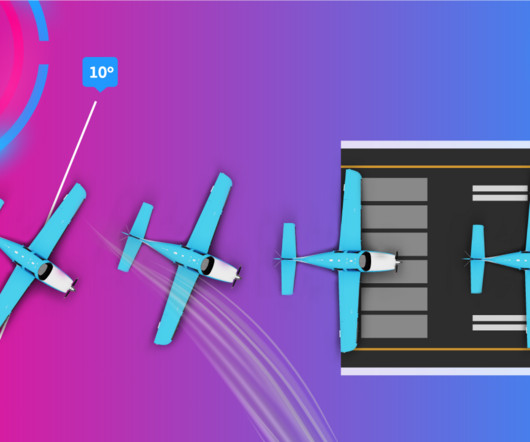
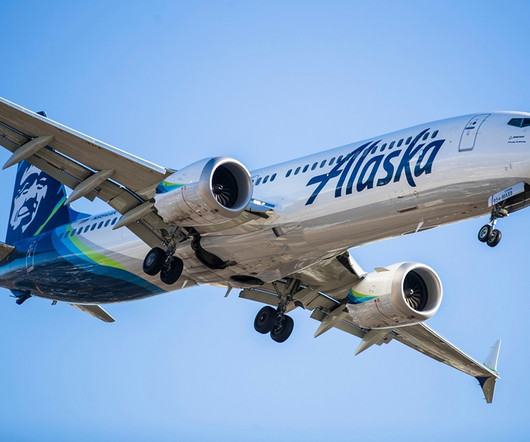
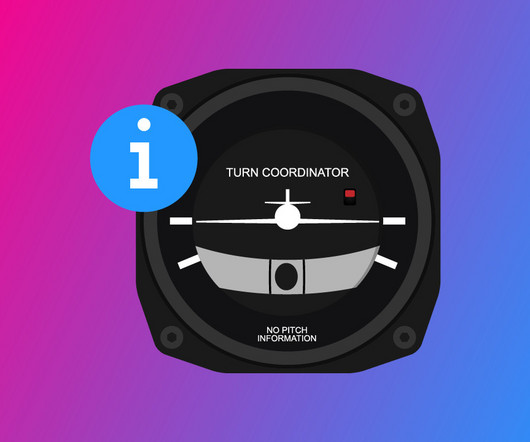






Let's personalize your content